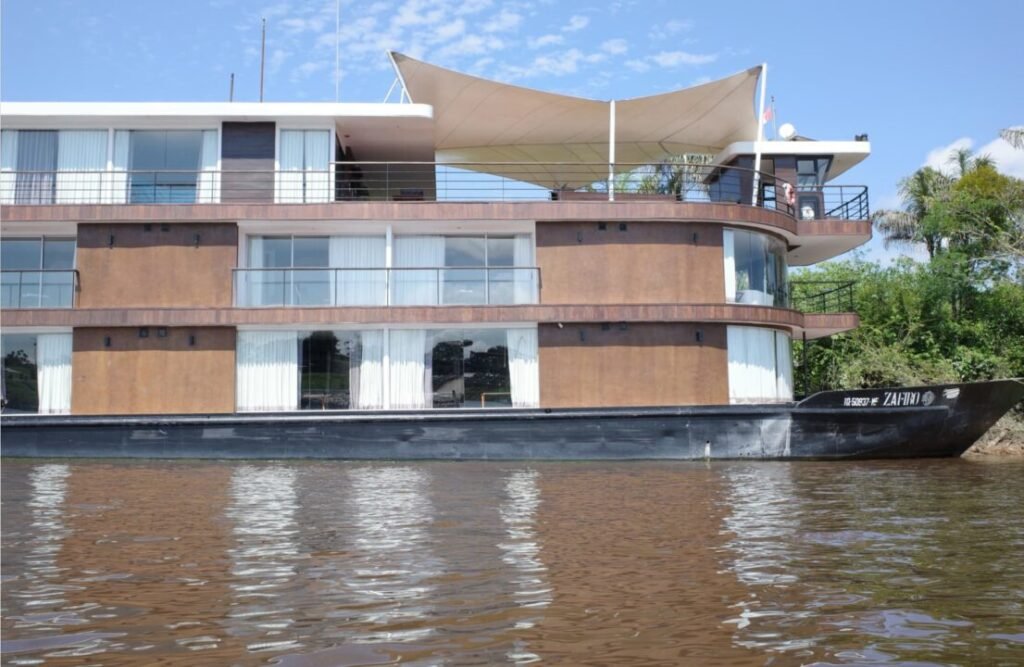Iquitos, with a population nearing half a million, is the largest city in Peru’s Amazon region of Loreto. Uniquely, it is the world’s biggest city that can only be reached by air or river transport, as there are no roads leading to it.
The city has its origins in the 1750s, when Jesuit missionaries arrived with the goal of aiding indigenous Amazonian communities in the area. However, it was the “Rubber Boom” era of the late 19th century that triggered Iquitos’ explosive population growth, increasing from around 1,500 inhabitants in the 1870s to nearly 20,000 just a decade later, economic opportunities in the rubber trade attracted people.
Rubber and population of Iquitos is Exploited
In 1844, Charles Goodyear’s vulcanization process for making durable rubber products led to an immense demand for natural rubber. This rubber boom in the Peruvian Amazon city of Iquitos made some international rubber barons extremely wealthy. Using materials imported from Europe, they constructed grand mansions and buildings, many of which still stand today as heritage sites.

Notable examples include the Iglesia Matriz de Iquitos church built by Jose de Jesus Reategui, and the iconic Casa de Fierro or iron house constructed in 1890 by Gustave Eiffel. Iquitos had electric lighting before Lima, showcasing its prosperity from the rubber trade.
However, this wealth came at a terrible human cost. Indigenous peoples were forced into horrific labor conditions akin to slavery, locating and tapping rubber trees for the barons. Steamboats transported rubber and supplies, forming crucial trade links that enabled Amazon development but also the exploitation. Steamboats were not merely utilitarian vessels for exploration and transportation. They also served more indulgent purposes befitting the wealthy rubber barons who owned them. Incredibly, some of these lavish riverboats functioned as floating hotels and even brothels.

The barons’ eccentric displays of affluence included ornate European-tiled mansions built on foundations of glass bottles, like the Morey and Cohen houses. Their “fetishes” for grand estates and boats were made possible by indigenous suffering. Iquitos’ lavish architecture mirrored European opulence in the Amazon jungle, immortalized in books like La Vorágine of José Eustasio Rivera who writes of reminders of the brutal rubber fever that once raged.
In this way was the European influence in Iquitos and it is part of the history of Peru, and Peru Jungle Trips invites you to learn more about this History through a tour in the Peruvian Amazon, thank you for reading our blog.
